How to precisely match the demand of the European and American plus-size market?
This mismatch between supply and demand is giving rise to a highly promising new market opportunity—the specialized plus-size shapewear segment.
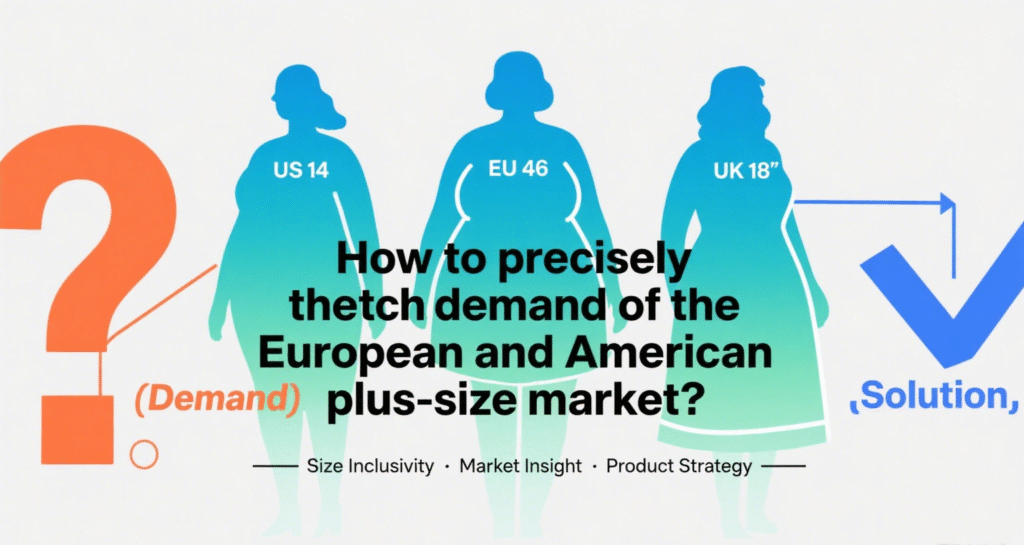
Table of content
| The core demand of the European and American plus-size market: not just “shaping,” but also “fit” |
| Three core strategies for precise matching of needs |
| Market Outlook: From “Niche Demand” to “Mainstream Market” |
Under the global fashion industry’s “body inclusivity” trend, the European and American plus-size market is experiencing explosive growth. An increasing number of European and American women are no longer constrained by traditional sizing standards. However, the shapewear market has long suffered from a design bias favoring smaller sizes over larger ones, leading many plus-size consumers to express difficulty in finding shapewear that is both well-fitting and comfortable. This mismatch between supply and demand is giving rise to a highly promising new market opportunity—the specialized plus-size shapewear segment.
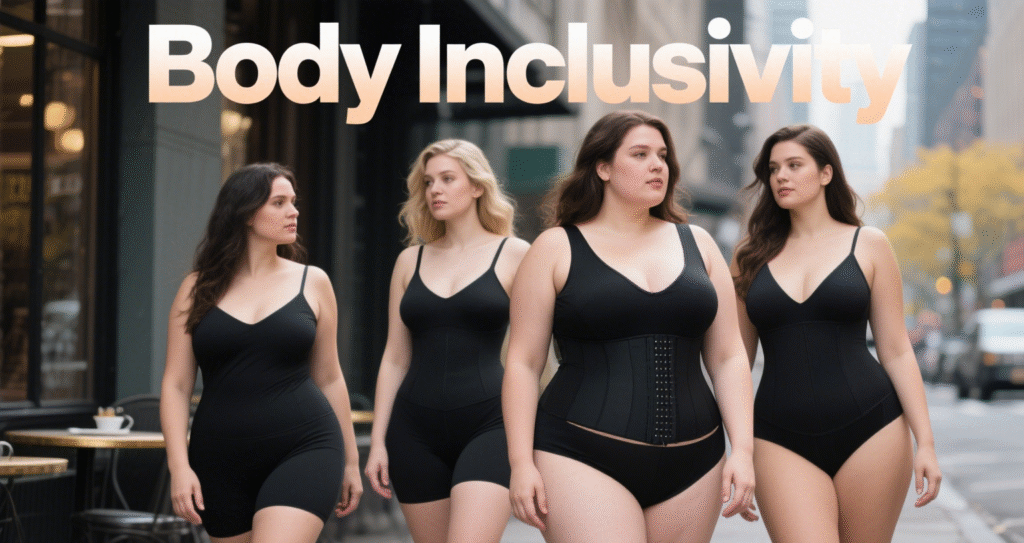
The core demand of the European and American plus-size market: not just “shaping,” but also “fit”
Unlike consumers of conventional sizes, plus-size consumers have more complex and layered demands for shapewear, which cannot be met by simply “scaling up” sizes:
• Clear demand for targeted shaping: Plus-size consumers prioritize “targeted contouring,” such as fat management in areas like the abdomen, waist, and inner thighs, while avoiding excessive compression that causes marks and discomfort. Many plus-size consumers prefer “high-waisted + reinforced side waist” designs to balance abdominal compression with freedom of movement.
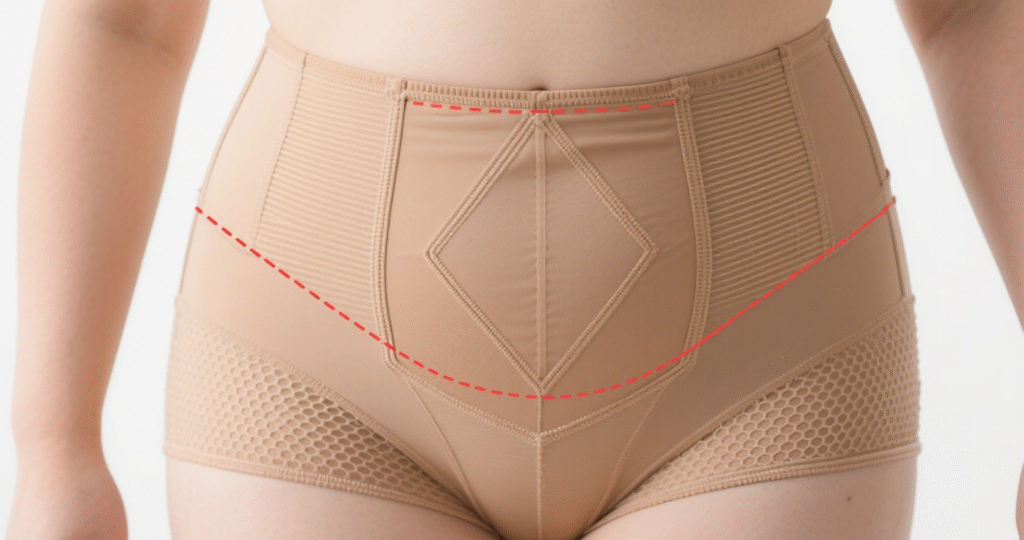
• Comfort takes precedence over “extreme tightness”: The “intense compression” of traditional shapewear is unpopular in the plus-size market. Details such as breathable fabrics (e.g., mesh cotton, modal blends), wider straps, and adjustable clasps are key factors influencing purchasing decisions. European consumers particularly value “long-term wear without feeling stuffy,” with significantly higher breathability requirements than standard-size groups.
• Scenario-based demand segmentation: Plus-size shapewear usage scenarios are highly diversified, including daily commuting, fitness, postpartum recovery, and special occasions (such as weddings and banquets). For example, plus-size shapewear for wedding dresses must balance “invisible and seamless” design with “breast support,” while sports-oriented styles prioritize “high elasticity” and “moisture-wicking properties.”
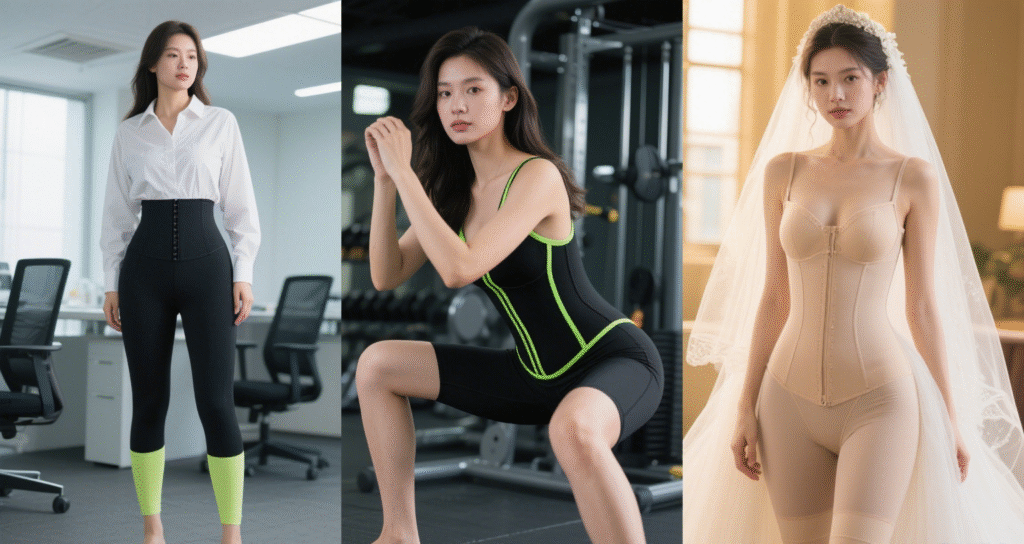
•Size standards must align with regional differences: Body type characteristics vary significantly across European and American countries — American women have a higher waist-to-hip ratio, while European women prioritize shoulder and back contouring. If a “universal international size chart” is uniformly applied, issues such as “the top fits well but the hem is too loose” may arise.
Three core strategies for precise matching of needs
(1) Start with “pattern design” to break the misconception that “larger sizes are simply scaled-up versions”
•Use “3D stereoscopic cutting”: Based on body data modeling of plus-size groups, reserve reasonable ease in areas like the abdomen and hips to avoid “tight wrinkles.” For example, for postpartum plus-size women, a “gradual pressure design” can be applied to the abdomen, with slightly stronger pressure in the lower abdomen to cinch excess fat, while the upper abdomen maintains gentle support.
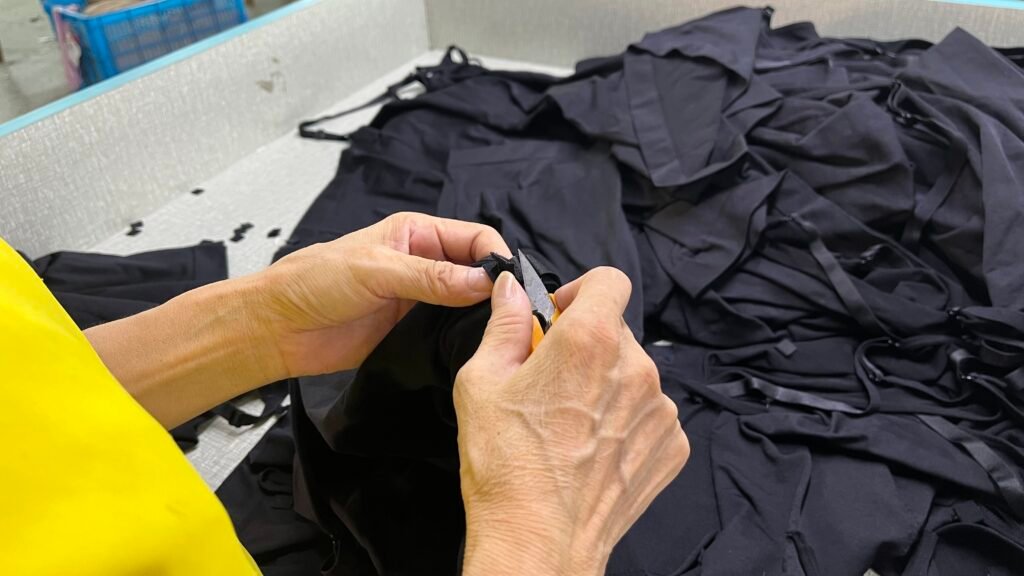
• Enhance “seamless edge treatment”: Use “laser cutting technology” on friction-prone areas like the waist and thigh roots, combined with micro-elastic edging, to reduce curling and pressure marks. Feedback from the US market indicates that such details significantly boost product repurchase rates.
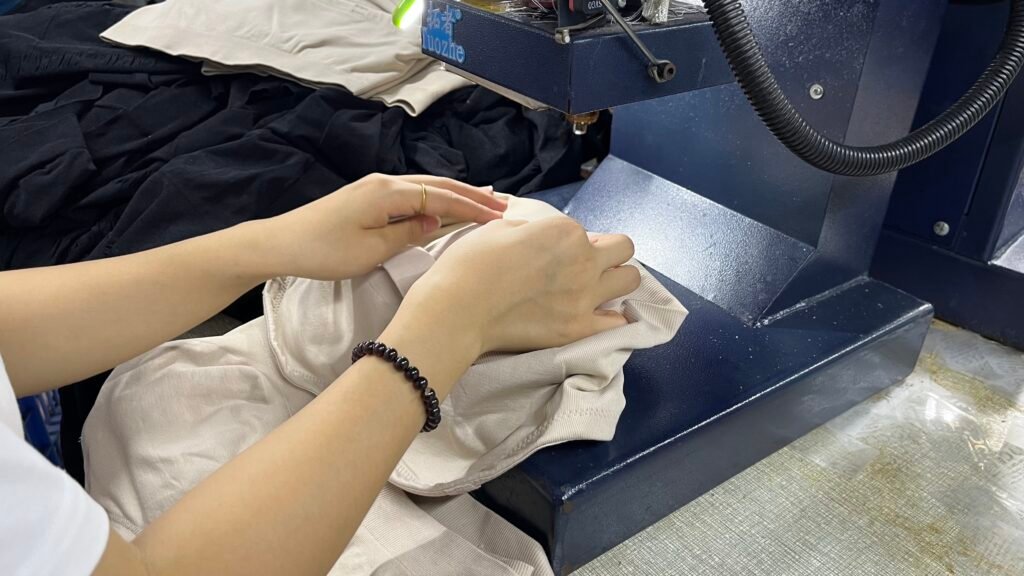
•Balancing “functionality and aesthetics”: Plus-size consumers also value design aesthetics. Elements such as lace panels or lace patterns can be incorporated into areas like the back and straps to meet the need for “comfortable underwear that can also be worn as outerwear.”
(2) Fabric selection: Balancing “shaping power” and “inclusivity”
•High elasticity and strong rebound: Opt for a blend of “80% nylon + 20% spandex,” with a stretch rate of 3-4 times the original length, and the ability to maintain shape stability after repeated stretching.
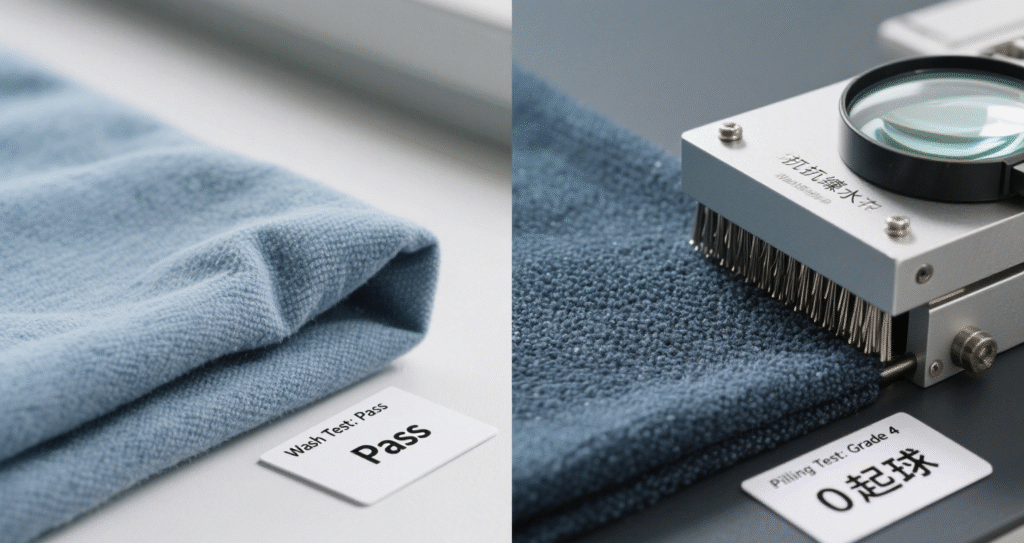
• Pilling resistance and durability: Plus-size shapewear is worn more frequently, so the fabric must pass multiple wash tests to prevent deformation, pilling, or loss of elasticity.
(3) Supply chain responsiveness: small-batch customization and rapid iteration
• Support “size customization”: provide “localized size adjustments” for different countries, such as increasing shoulder width for the German market and optimizing bust line curvature for the French market.
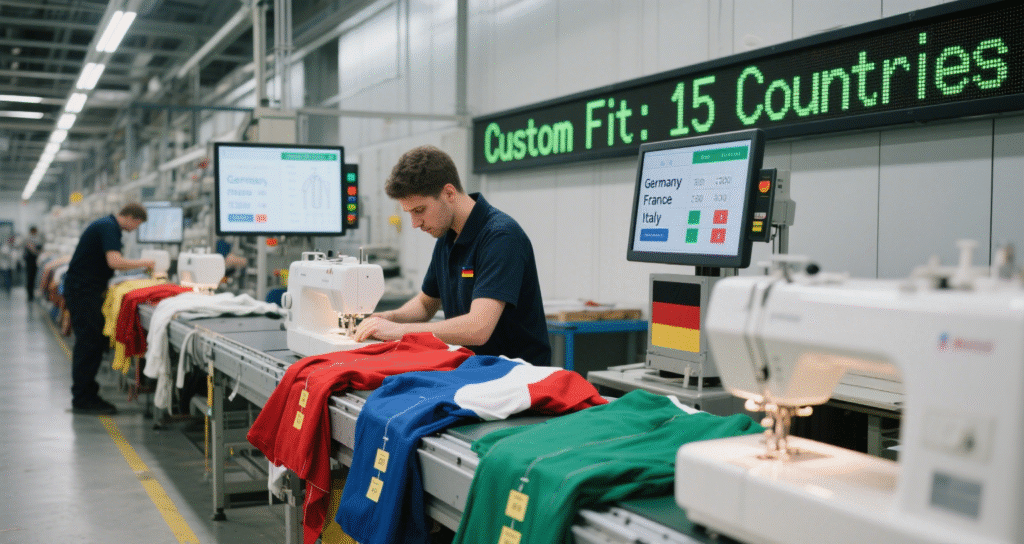
• Small-batch rapid response capability: Offering lower minimum order quantities combined with fast sample production cycles to help customers quickly test market reactions.
Market Outlook: From “Niche Demand” to “Mainstream Market”
As Gen Z consumers embrace “body diversity,” plus-size shapewear is evolving from a “niche category” into a “growth engine.” On major e-commerce platforms, search heat for plus-size shapewear continues to rise, with precise keywords like “Plus Size Tummy Control Shapewear” and “Breathable Plus Size Bodysuit” achieving higher conversion rates than standard styles.
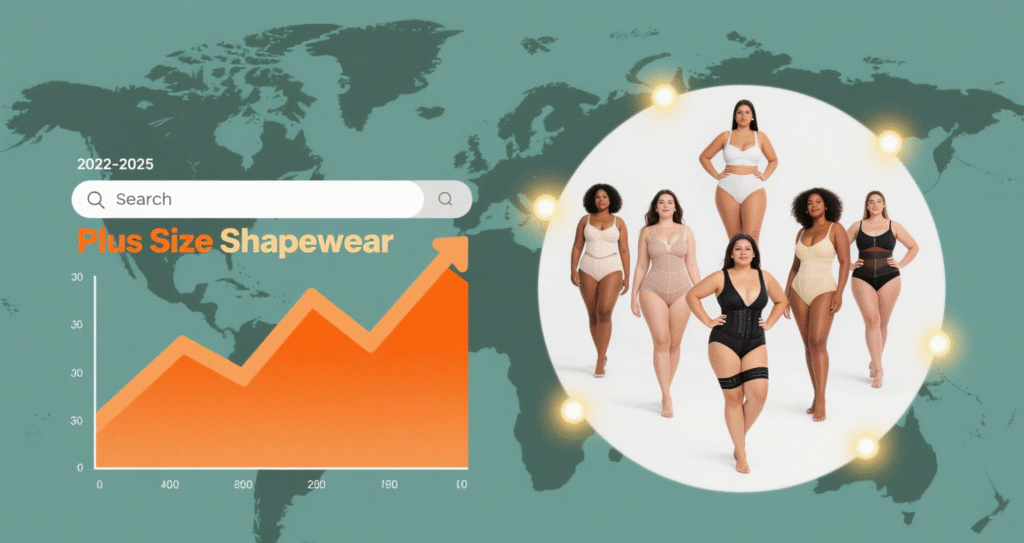
For factories, entering the plus-size shapewear market is not only about capitalizing on short-term opportunities but also about building long-term “specialized supply chain” barriers. By focusing on pattern development, accumulating regional data, and optimizing flexible production capabilities, companies can secure a competitive edge in this untapped market — after all, true “inclusivity” always begins with an unwavering respect for consumer needs.
